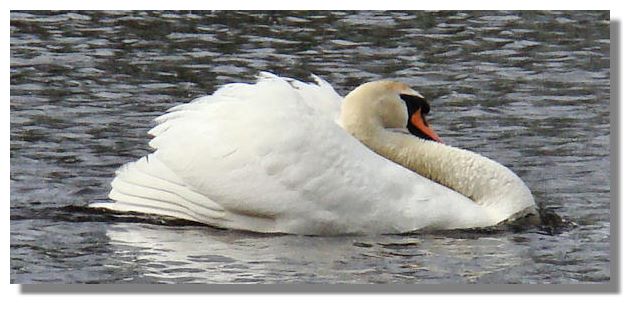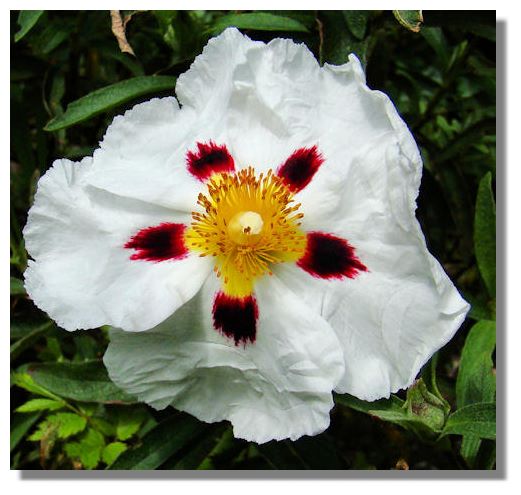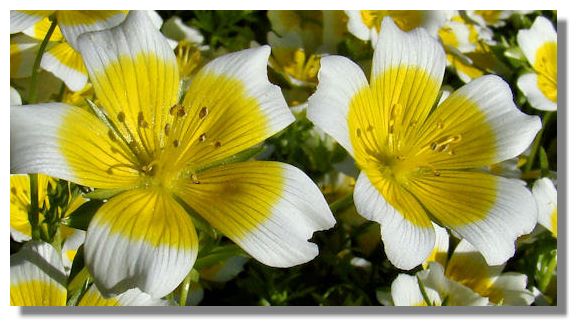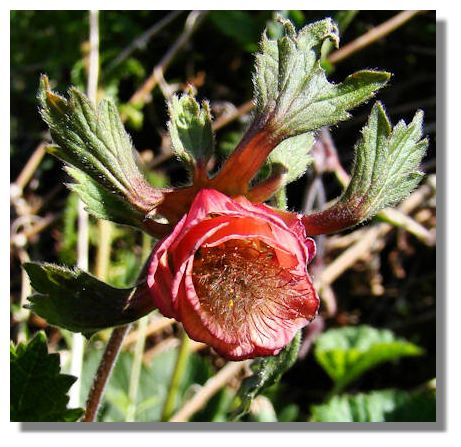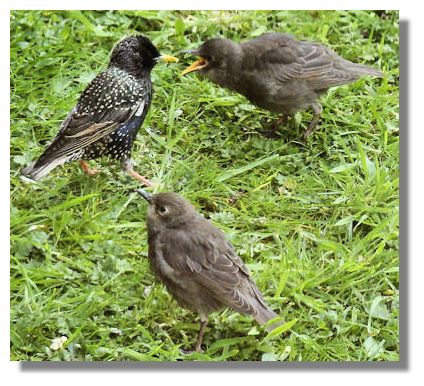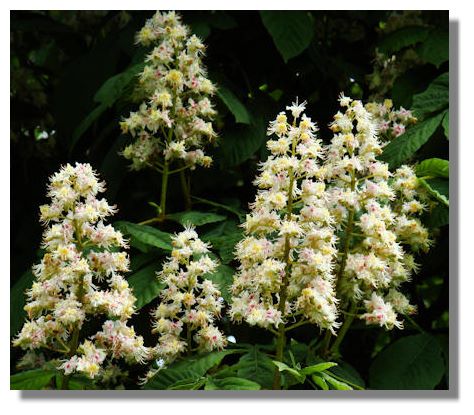The Rampant Scotland Newsletter includes a number of photographs which illustrate the weather and the seasons, plus the flora and fauna of the current week around Scotland. This separate "colour supplement" displays some more pictures, in a larger format. Here is this week's crop of Scottish views!
Young birds always look so attractive, no matter what variety they are. And none more so than cygnets. These young swans grow up fast - even though they have to feed themselves as soon as they hatch. Their parents certainly protect them and show them where to find food - but will compete with their offspring for choice items if necessary. These little balls of fluff will be nearly as big as their parents in just a few months time - just from eating largely aquatic plants (and the occasional pieces of bread provided by us humans). These two cygnets were part of a family of six.
When a male swan arches its wings, draws back its neck and advances - at speed - with rapid jerky movements, any swans in its way will usually get out of its way. Occasionally, another swan will stand his ground - and a battle can ensue. Such behaviour is more common during the breeding season.
The saucer-shaped, papery flowers of Cistus (also known as the Sun Rose) can be several inches across, but last for little more than a day. But they are produced in profusion from June to October. This particular example (Cistus lodonifer) is from my own garden.
For fairly obvious reasons, the popular name of Limanthes is "Poached Egg Plant". The plant produces profuse blooms, up to 1½" across. As it self-seeds easily, Limanthes can spread rapidly, living up to another nickname of "Meadow Foam". It originated in west North America and was one of the many plants brought back by the Scottish plant hunter David Douglas (1799-1834).
The tiny bell-shaped flowers of Water Avens (Geum rivale) are only around ½" in diameter and can easily be missed along the hedgerows and embankments where there is plenty of moisture. But close inspection reveals the detail of this pretty wild flower.
At this time of year lots of birds are being harassed by their hungry offspring - and none make more noise than the young Starlings - especially as they tend to congregate in flocks where there are food sources. Although still very common (there are more than 500,000 breeding pairs in Britain), it is estimated that their numbers declined to that level by 50% during the 1990s.
Chestnut flowers, standing upright like large candles around a foot long, make an impressive sight, especially as the parent tree can grow to 80 feet tall and can survive for hundreds of years.If you want to look back at earlier editions of this Colour Supplement, there is an Index Page

